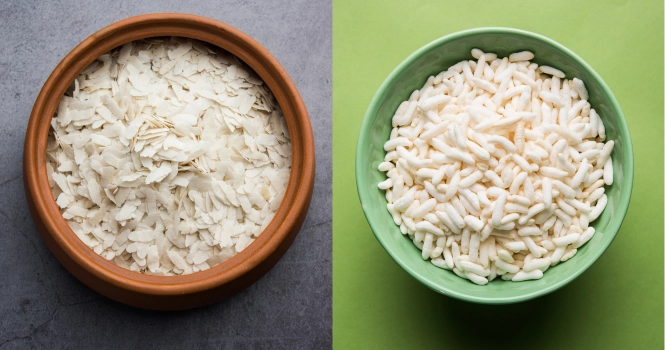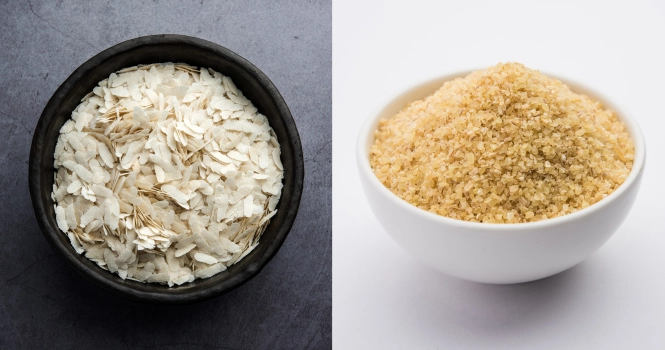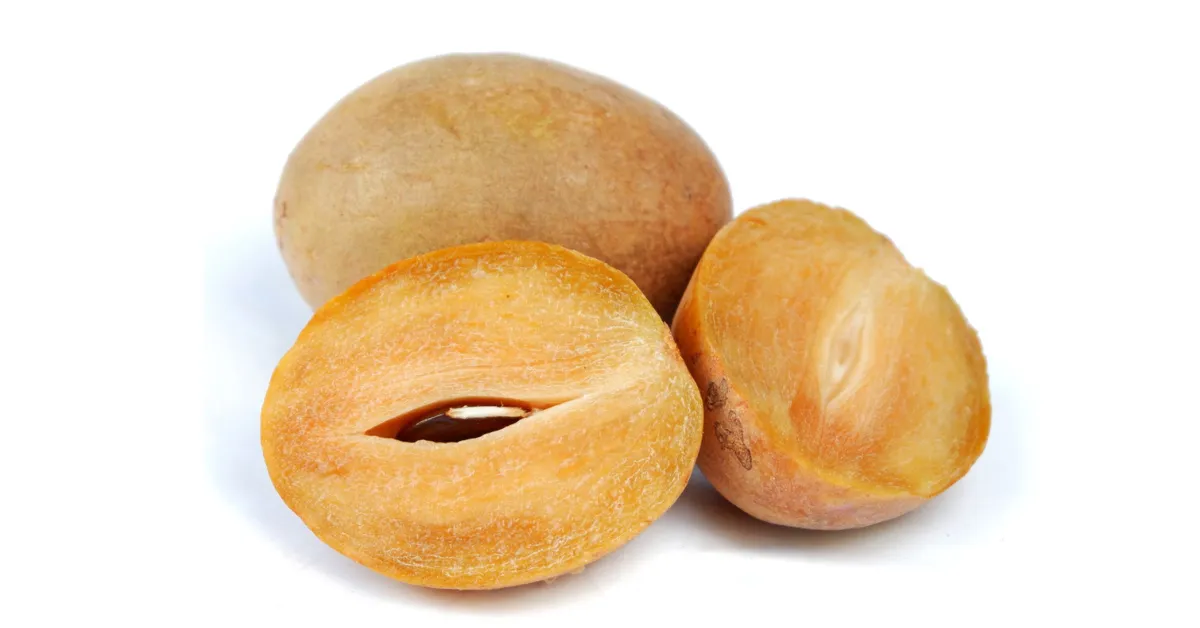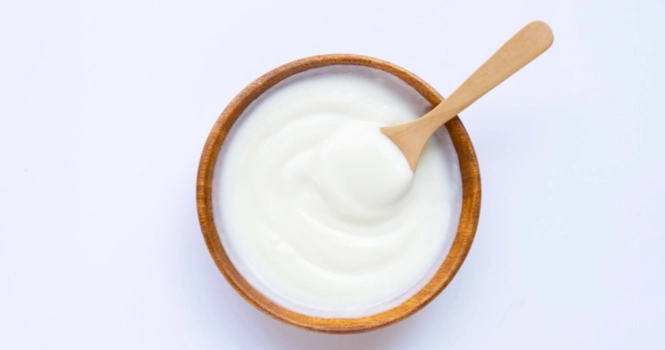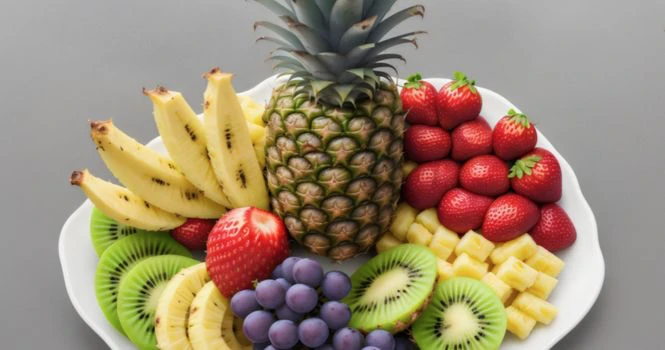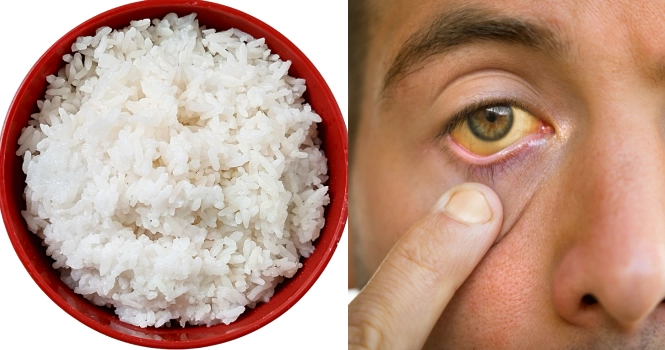When it comes to choosing healthy snacks or breakfast options, poha (flattened rice) and murmura (puffed rice) are two popular contenders in Indian cuisine.
Both are derived from rice, are light on the stomach, and offer a canvas for a variety of flavorful dishes.
But when pitted against each other, which one emerges as the better choice for health-conscious individuals?
Poha: A Nutritional Overview
Poha, made from parboiled rice pressed flat and dried, is a staple in many Indian households. It’s celebrated for its ease of digestion and quick cooking time. Poha is rich in iron, carbohydrates, and essential vitamins, making it a nutritious start to the day. It also contains a moderate amount of fiber, aiding in digestion and providing a feeling of fullness.
Murmura: The Light and Airy Option
Murmura, or puffed rice, is made by heating rice kernels under high pressure, resulting in airy, crisp grains. It’s often used in snacks like bhel puri and jhal muri or simply seasoned with spices for a light treat.
Murmura is low in calories and fat, making it a preferred choice for weight watchers. However, the puffing process can reduce the nutrient density, leaving murmura lower in vitamins and minerals compared to poha.
Poha vs. Murmura: The Health Comparison
1. Nutrient Density: Poha has a slight edge over murmura in terms of nutrient density, offering more vitamins and minerals, thanks to the parboiling process which retains some of the nutritional value of rice.
2. Caloric Content: Murmura is lower in calories than poha, making it an appealing option for those looking to manage their weight. However, it’s important to consider the satiety factor; poha may keep you full for longer due to its higher fiber content.
3. Versatility in Cooking: Both poha and murmura are versatile; however, poha can be a more substantial meal, supporting a variety of vegetables and legumes, thus enhancing its nutritional profile. Murmura is often used in lighter, snack-like dishes.
4. Digestibility: Poha is renowned for its easy digestibility, making it suitable for all age groups. Murmura is also easy on the stomach but might lack the same level of satiety and nutritional benefits as poha.
Making the Right Choice for Your Diet
The decision between poha and murmura largely depends on your dietary needs and preferences. If you’re seeking a nutrient-rich meal that provides energy and satiety, poha is the way to go.
On the other hand, if you’re looking for a low-calorie, light snack that satisfies your munchies without adding much to your calorie intake, murmura might be the better option.
Both poha and murmura have their unique benefits and can fit into a balanced diet.
Poha stands out for its nutritional content and ability to incorporate a variety of other healthy ingredients, making it a wholesome meal.
Murmura, with its low-calorie profile, serves as an excellent light snack. Ultimately, the choice between poha and murmura should align with your health goals, dietary preferences, and nutritional needs.
Whichever you choose, remember to enjoy it in moderation and pair it with a balanced diet to reap the maximum health benefits.
